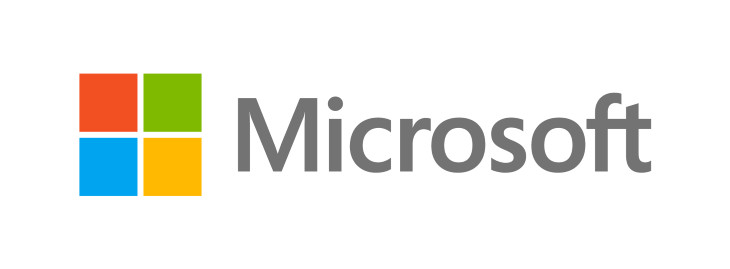Microsoft Teams releases new updates for IT Administrators

Today’s update was posted on Microsoft Teams Blog.
Introducing the new Meetings Dashboard
The new Meetings dashboard in the Microsoft Teams admin center helps you ensure users have the best experience possible during meetings and calls by providing you insights into usage, user feedback, network health, meeting details, devices, and more from a single place. Leveraging Power BI capabilities, this interactive dashboard allows you to filter information by dimensions such as day, countries, and platform allowing you quickly identify areas of improvement and drill down to uncover the root cause of poor experiences. And because it built using our industry leading analytics platform, you have ability to join meeting data with other datasets such as faculty directory for student attendance in remote learning.
For customers that may have unique needs or more targeted requirements, we will soon make a call record API generally available to allow customers and partners to export Teams meetings and calls data for further analysis.
The new meetings dashboard is coming to Teams soon.
Improve voice quality with local media optimization for direct routing
Local Media Optimization for Direct Routing improves voice quality by keeping media streams local within the boundaries of corporate networks. It also supports streams between Teams and SBCs even if they are behind corporate firewalls not visible to Microsoft directly. This local streaming improves security and performance for Teams Calling. Learn more here.
These quality improvements are available in product now.
Control profile picture settings on Teams
The Teams web and desktop experiences now recognize the Outlook on the web mailbox policy setting that controls whether users can change their profile pictures. Admins can configure this policy setting to promote a safer work or school environment by preventing inappropriate content from being used in profile pictures.
This policy setting is currently rolling out.
Get insights into Teams app usage in your environment
The New App analytics and reports experience will provide administrators insights into usage of Teams apps in their environment allowing them to manage risk and make informed decisions. Admins will soon be able to see each app in their tenant, their type, and how many users and teams are actively using the app. This is a great complement to our robust capabilities to confidently manage your Teams apps including the app catalog, which allows you to view detailed information about each app in your tenant. Additionally, app policies and settings allows admins to manage permissions, define how apps are displayed in the Teams experience, and control availability of custom apps.
This management experience is coming to Teams soon.
Easily assign a policy to a large group of users
Microsoft Teams offers a robust set of policies to empower administrators with controls to tailor the Teams experience to users. Batch policy assignment allows administrators to streamline the process of assigning policies or policy packages to a large group of users. The New-CsBatchPolicyAssignmentOperation cmdlet lets you submit a batch of users and a policy that you want to assign using one PowerShell command line to perform the action. A batch can contain up to 20,000 users and admins can specify users by their object Id, user principal name (UPN), Session Initiation Protocol address, or email address. Learn more about policy assignment in Teams here.
New Meeting Controls
Read on to learn about new meetings controls we have introduced to make it easier for you and your users to manage your Teams meetings!
- Default lobby setting – We changed the default Teams policy to make external users wait in the lobby before joining a Teams meeting to ensure than only the right people are in the meeting. This policy change will only impact those tenants who have not modified the default meetings policy.
- Lobby settings for PSTN participants – Any user who schedules a Microsoft Teams meeting will now see a separate setting to control the lobby for Audio Conferencing (PSTN) participants in the Meeting Options page of a given meeting. Additionally, they will also see a new option to control the announcement sound when a PSTN/dial-in participant joins or leaves the meeting.








